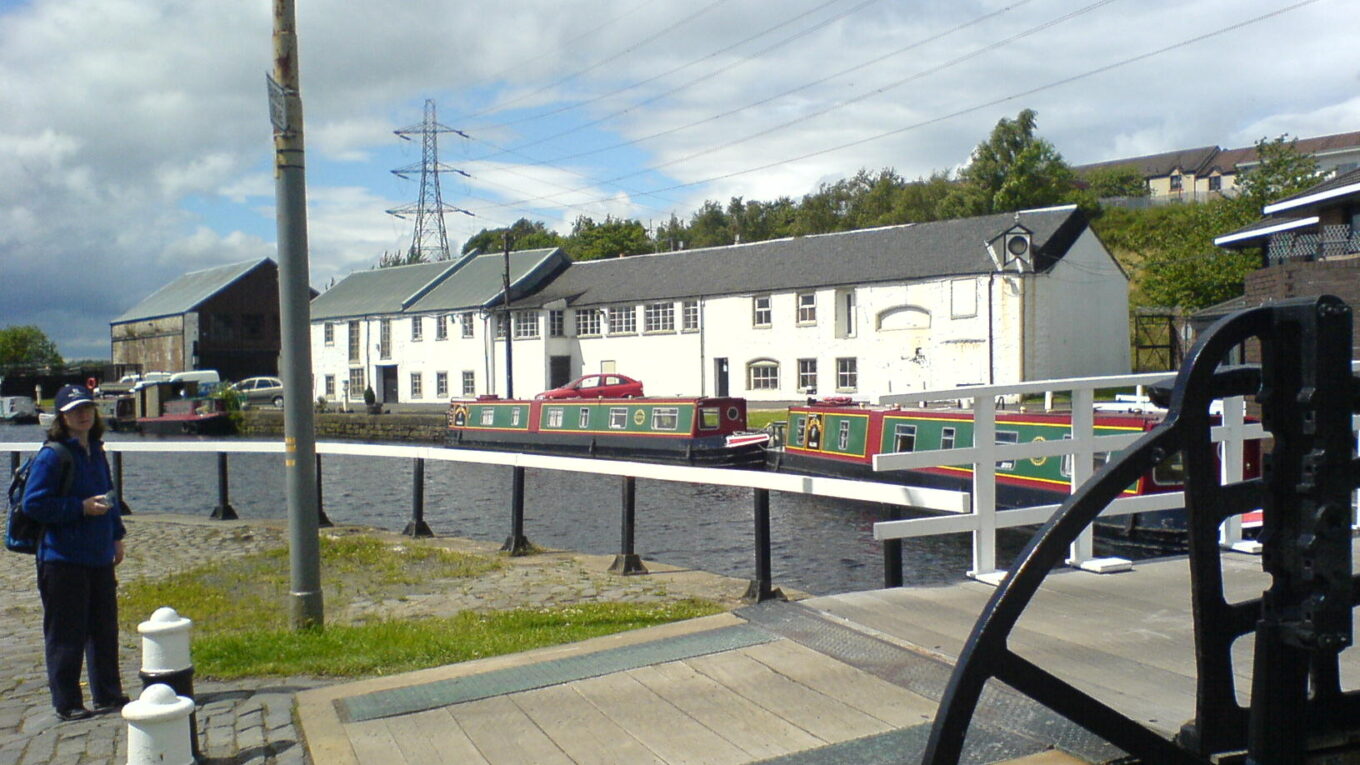Scotland
Stunning Scottish Lowlands…..
The Scottish Lowland Canalsare quite different to what you will normally find in England. The Forth and Clyde – being a sea to sea canal – is much wider than the average English canal. Between our base at Falkirk and Glasgow there are four locks and three road bridges, all of which are currently operated by British Waterways staff. Between Glasgow and the Clyde at Bowling there are a further 18 locks and a number of pedestrian bridges, also operated by BW staff. The Union Canal is a contour canal and has no locks at all and no bridges that have to be opened to let you pass. The Falkirk Wheel, as you would imagine, is operated by British Waterways staff, as are the two locks above it and the one below.
Based at the Falkirk Wheel, mid-way between Glasgow and Edinburgh, the Falkirk base makes the ideal start point to visit both cities. Heading to Edinburgh, you go up through the Wheel and travel on the lock free Union Canal, passing over the magnificent Almond Aqueduct. Then on through the villages of Linlithgow and Ratho, the home of the Edinburgh Canal Centre. From Edinburgh, you then head back towards Falkirk and Glasgow, descending the Wheel and joining the Forth and Clyde with it’s locks and swing bridges. Travel through splendid scenery and villages such as Auchinstarry and Kirkintillock, to Cadder Village and on into Glasgow. Then retrace your steps back to Falkirk.
Falkirk provides countless places of interest to visit. Scotland’s Roman heritage is never far away as the Forth & Clyde Canal carries the boats through splendid scenery to Kirkintilloch, then on to Cadder Village and into Glasgow. The arm to Port Dundas affords views over the city and features many historic buildings, including some of those designed by Charles Rennie Mackintosh.
The Falkirk Wheel is 115 feet high – the equivalent height of eight double decker buses. It is 115 feet wide and 100 feet long, the wheel will lift loads of 600 tonnes (300 at each end) – the approximate weight of 11 adult African elephants. The structure stands in a 330 feet wide circular basin with moorings for over 20 boats. Before redevelopment the site was a deep open cast pit left by mining which ended in the early 1980s. Prior to that the site was the home of Scottish Tar, producing various tar-related products. The total project cost was about £17 million and work took 22 months. The Wheel is designed to last for at least the next 120 years.
Our recommendations…Leisurely week or active short break from Falkirk to Edinburgh & return: 68 miles, 6 locks or try a more active full weeks cruise with a two centre break – journey from Falkirk to Glasgow and then double back to Edinburgh and finally return to Falkirk: 118 miles, 14 locks with 6 hours cruising per day.


